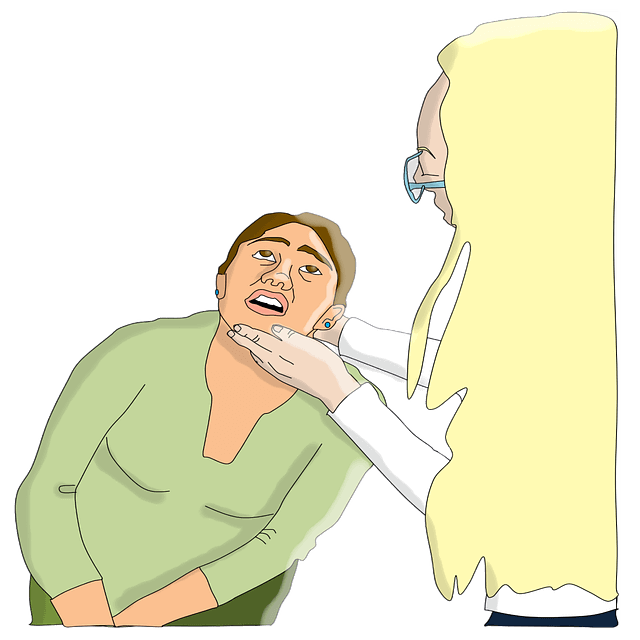Not sure if the pain in your abdomen or frequent urination is due to a urinary tract infection? Turns out UTI’s are exceptionally common, especially among women where anywhere from 40% – 50% of them will develop at least one UTI in their lifetime. The good news is that recognizing early warning signs and seeking quick medical attention can help prevent the infection from spreading, and mitigate symptoms within a day or two.
What is a UTI?

A urinary tract infection (UTI) is a bacterial infection of any part of the urinary tract including the bladder, urethra, ureters, kidneys. The urinary system is also referred to as the renal system and is a key player in ridding your body of unwanted waste and toxins. When you eat and drink, after your body finishes absorbing the nutrients it needs into the bloodstream to be carried to organs and tissues, the kidneys filter the blood and removes excess fluid, urea, and other waste substances – this makes up urine.
Urine then travels from the kidneys down two 8 to 10 inch long tubes called the ureters which funnel into the bladder. Ureters contract and relax to keep the urine flowing away from the kidneys constantly, emptying into the bladder multiple times a minute. Where the bladder meets the urethra, or the tube where the urine flows out when you go to the bathroom, is a circular muscle called the sphincter which tightens to help prevent leaking. As your bladder fills, nerves send signals to your brain that it is time to empty out.
How does a UTI develop?

Bacteria thrives in warm, moist places and can literally grow anywhere in your urinary system. For example, if a kidney stone blocks up the path to the ureter and urine sits too long in the kidneys, an infection can develop. If bacteria hangs out in the ureter and doesn’t get flushed out, an infection can developer. If the bladder doesn’t fully empty out when you use the restroom and urine sits there too long, an infection can develop.
What are UTI symptoms?

Symptoms of a UTI may also vary among patients depending on their health condition, the severity of the infection, and their ability to communicate. Symptoms may include:
- Burning sensation when urinating
- Urine that looks cloudy
- Pink or discolored urine that indicates there is blood in it
- Pelvic pain in and around the pubic bone
- Strong, persistent urge to urinate
- Urinating frequently and often in only small amounts
- Urine with a very strong odor
- Confusion and disorientation, especially in older adults or people who are already ill
Upper urinary tract infections, or those specifically in the ureters or kidneys, may cause even more serious symptoms including:
- Fever
- Nausea
- Chills
- Vomiting
Addressing a UTI at the first sight of symptoms is a MUST for avoiding complications and seeking treatment to prevent a spread of the infection.
What are the risk factors for developing a UTI?

Risk factors for developing a UTI range from your own anatomical makeup to your age and health condition.
Being a woman: The length of the urethra is shorter in women than it is in men making it that much easier for bacteria to travel up to the bladder.
Sexual activity: Women who are sexually active have an increased risk of developing a UTI over those who are not sexually active.
Having had a UTI before: Each time a woman develops a UTI, her risk significantly goes up for getting them again in the future.
Menopause: The decrease in circulating estrogen which accompanies menopause may make the urinary tract more susceptible to infection.
Incontinence: The use of briefs, incontinence pads, and even catheters increases risk for developing a urinary tract infection.
Diminished immune system: Disease like diabetes can inhibit the body’s natural defense mechanisms and make you more likely to be unable to fight off a small urinary tract infection.
Having kidney stone(s): Kidney stones which trap urine in the kidney, bladder, or ureters can lead to bacteria buildup and urinary tract infection.
Using certain birth controls: Birth control devices like diaphragms and spermicidal agents might increase a woman’s risk for developing infection.
Additional risk factors include having pelvic floor disorder or recently having a surgical procedure involving the urinary system.
How can I prevent a UTI?

While ensuring that no bacteria ever makes its way into your urinary tract is next to impossible, there are a handful of steps you can take to help their body both prevent bacteria from “sticking” as well as prevent it from multiplying.
Practice good hygiene – women should always wipe front to back to avoid dragging any bacteria from the back closer to the urethra. Using wet wipes after you clean with toilet paper can add an extra dose of clean to the vulnerable area.
Stay hydrated – drinking tons of water will help your body to not just stay hydrated but dilute your urine and flush out unwanted bacteria more regularly.
Natural remedies – anecdotal evidence points to cranberry as a potential solution for warding off bacteria. Cranberry extract, juice (not cranberry cocktail with loads of sugar), and pills are available in most pharmacies and grocery stores. D-mannose, a naturally occurring sugar, is touted as being able to stick to E. coli bacteria helping to more readily flush them out and prevent infection as well.
Address incontinence – for the elderly and other adults with conditions that lead to incontinence, being mindful of changing briefs and catheters, and cleaning regularly, can help prevent UTI’s. Making it easier to go to the bathroom as well can help, including using bedside commodes and handicapped bars for the toilet.
Urinate after intercourse – Urinating after sexual intercourse can help flush out unwanted bacteria which may have gotten moved around to places that make it easy to grow and multiple. Also drink a full glass of water afterwards.
How are UTI’s treated?
Because the culprit of a UTI is in fact bacteria, antibiotics are most often prescribed to wipe the infection out. A doctor will complete a urinalysis where they take a urine sample to verify whether you have an infection. The sample will “culture” for 2 to 3 days which reveals the exact strain of bacteria causing your infection.
Typically Escherichia coli (E. coli) from the gastrointestinal tract is the cause of a UTI, however, other bacterias may be to blame including Klebsiella, Proteus mirabilis, and sometimes Pseudomonas aeruginosa. Once a doctor knows the strain of bacteria contributing to your UTI, they may tailor the type of antibiotic you are on to better target and eliminate the infection. For women with recurring UTI’s, a low-dose antibiotic you take daily whether you have an infection or not may help prevent future infections from developing.
